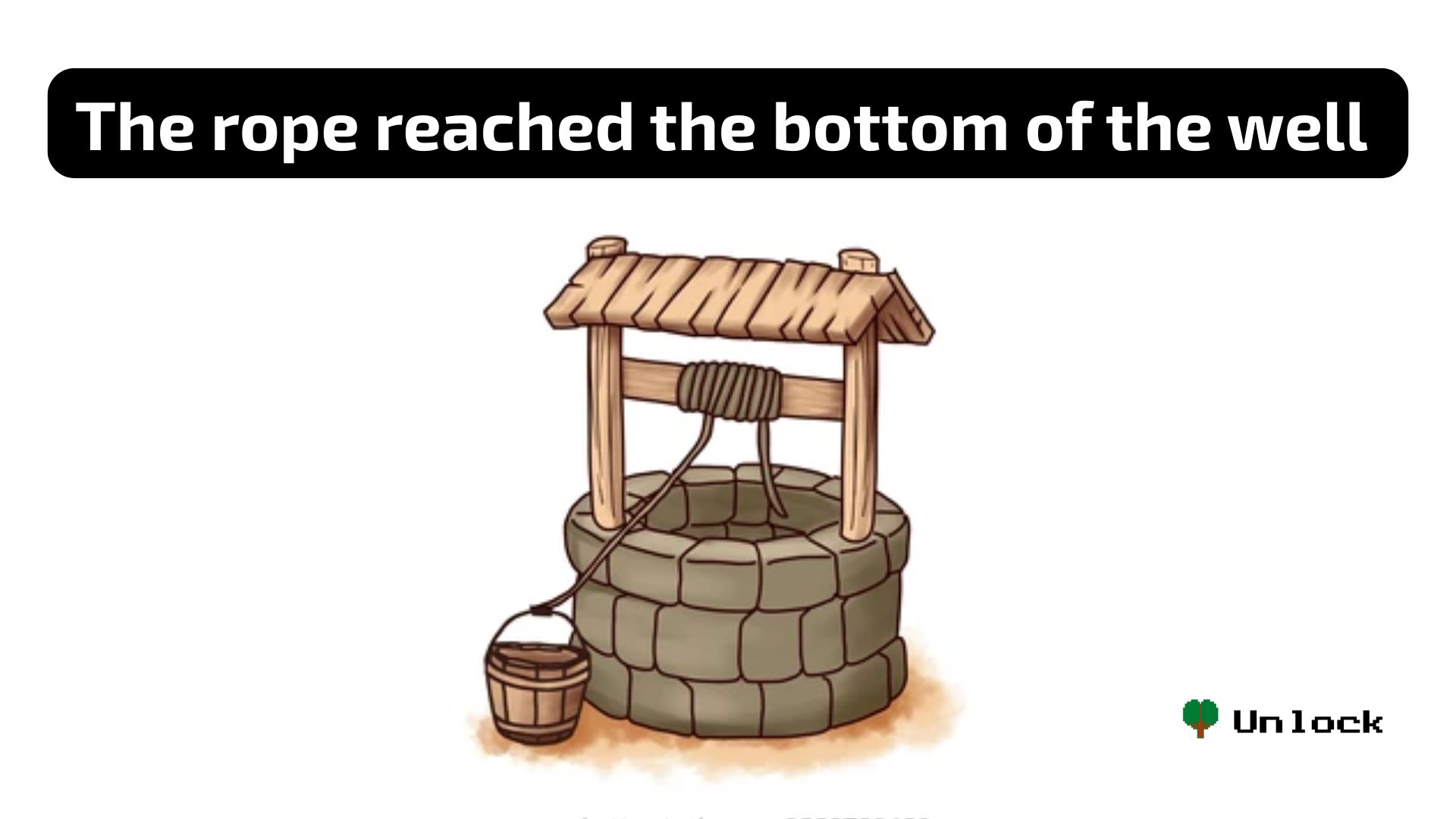.jpg)
What it is the Macroeconomic tripod
The macroeconomic tripod is the set of three pillars that support the conduct of Brazilian economic policy: floating exchange rate, inflation target, and fiscal target.
The tripod was implemented in 1999 by the then-president of the Central Bank, Armínio Fraga, to combat the fiscal crisis and the depletion of international reserves plaguing Brazil.
But do you know how the economic tripod works in practice?
In this article, we will simplify this topic so that you don’t have any doubts.
In addition to understanding all the details about the three elements of the tripod, you will discover how they influence your investments.
What is the macroeconomic tripod?

The macroeconomic tripod is the name given to three methodological principles that govern economic policy in Brazil and in most developed countries: floating exchange rates, inflation targets and fiscal targets. In practice, they are what ensure that negotiations between currencies follow the law of supply and demand.
The definition may seem complex, but the logic that relates each element of the tripod is simple to understand, as we will see in detail below.
First, it is worth remembering that these foundations establish the rules for the functioning of the Brazilian economy and affect virtually, directly or indirectly, all the country's economic decisions.
“What we have today is a change that gives the exchange rate a different function than it had before. Before, the government said to the exchange rate: 'You take care of inflation' and to the interest rate: 'You take care of the balance of payments', which is a fixed exchange rate regime. Today, we are scaling the team differently. We are saying to the exchange rate: 'you take care of the balance of payments' and to the interest rate: 'you take care of inflation'. Now, none of this works without a good fiscal policy.” Arminio Fraga
What is the macroeconomic tripod of the Brazilian economy?

The macroeconomic tripod of the Brazilian economy is formed by the floating exchange rate , the inflation target and the fiscal target .
Inflation target
The inflation target serves as a reference for the increase in prices measured by the Broad Consumer Price Index (IPCA) , calculated by the IBGE.
The target is defined by the National Monetary Council (CMN), comprised of the Minister of Economy, the President of the Central Bank, and the Special Secretary of Finance of the Ministry of Economy.
Every year, the CMN determines a central value for the inflation target and a tolerance range of 1.5 percentage points more or less, the so-called target ceiling and floor.
For example: if the inflation target 2021 is 3.0%, the accumulated IPCA result from January to December should be between 1.5% and 4.5%.
From then on, the BC is responsible for implementing monetary policy to keep the IPCA within this range, using the basic interest rate, the Selic rate, as the main tool .
To this end, the Central Bank's Monetary Policy Committee (Copom) meets periodically to assess the economic situation and decide whether to raise, cut or keep the Selic rate stable.
When there is a situation of accelerated inflation, Copom raises the Selic rate to make credit more expensive and cool down the economy, which puts pressure on consumption and slows down prices.
On the other hand, if inflation is close to the floor, Copom cuts the Selic rate in order to make credit cheaper, facilitate loans and investments and boost economic activity.
Floating exchange rate
When we say that a currency is priced under a floating exchange rate regime, it means that its price is determined primarily by the laws of demand and supply.
Under this methodology, the real exchange rate — that is, the “price” of the real in foreign currency — depends exclusively on the demand for reais in the international market relative to the demand for other currencies.
The floating exchange rate is adopted today by the vast majority of countries and is the mechanism that defines the value of the dollar, euro, pound, yen, Swiss franc, ruble, and many other currencies.
An example: when foreign investors and tourists exchange dollars for reais to spend in Brazil, we say that the real has strengthened against the dollar, as demand for it has grown.
By the same logic, if interest in investing or travelling to Brazil falls and people start exchanging reais for dollars to spend abroad, the real will depreciate against the dollar.
The current model allows for specific interventions by the Central Bank through auctions to control the supply of dollars, but this mechanism is only used when there is a risk of a very rapid and disproportionate devaluation of the real.
Fiscal target
While the inflation target is defined by the government and the Central Bank, the fiscal target is determined by Congress through the Annual Budget Law (LOA).
In simple terms, the fiscal target is the rule that limits how much the government can spend per year on public services, investments, salary payments and other expenses.
In principle, the objective of the fiscal target is to force the Executive to achieve a primary surplus, that is, to ensure that government revenue is greater than public spending in a year.
The term “primary” means that the calculation disregards the payment of interest on public debt, which is applied later.
However, due to the serious imbalance in Brazilian public accounts in recent years, the fiscal target has been used to limit the growth of the fiscal deficit.
In 2016, Congress approved the Spending Cap constitutional amendment, which limits the growth of the federal budget to the IPCA accumulated in 12 months up to June of the previous year.
The macroeconomic tripod has been used since Fernando Henrique Cardoso by Lula, Dilma, Michel Temer and Bolsonaro.
Do you agree with this model, or would you do anything different? Send your feedback to: our advanced conversation group.
Source: Warren
.png)




.jpg)

